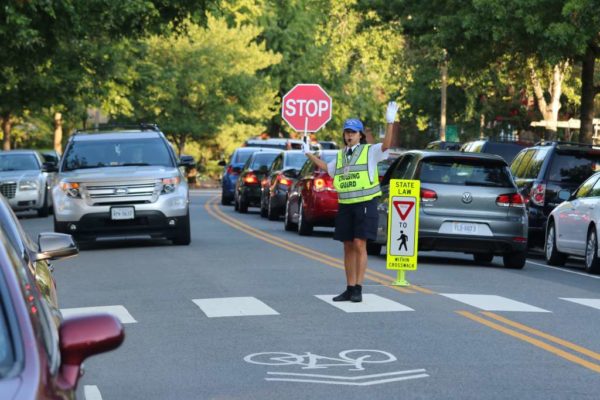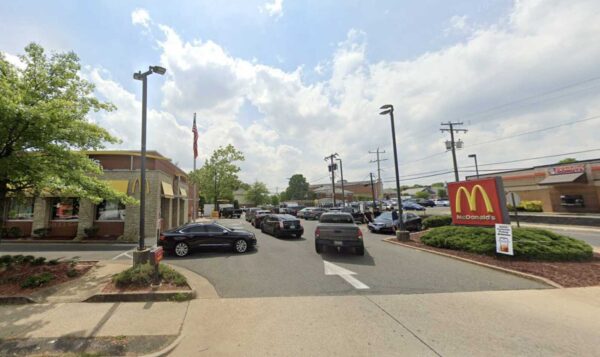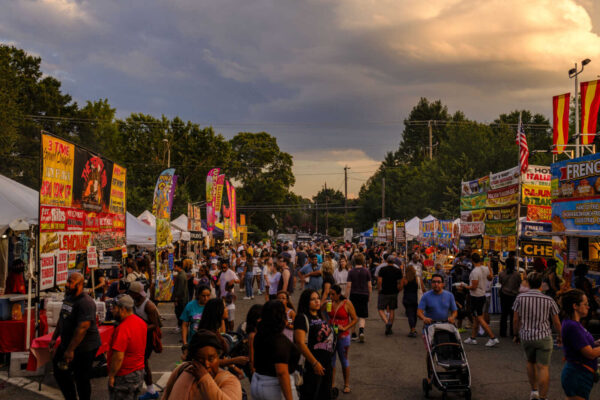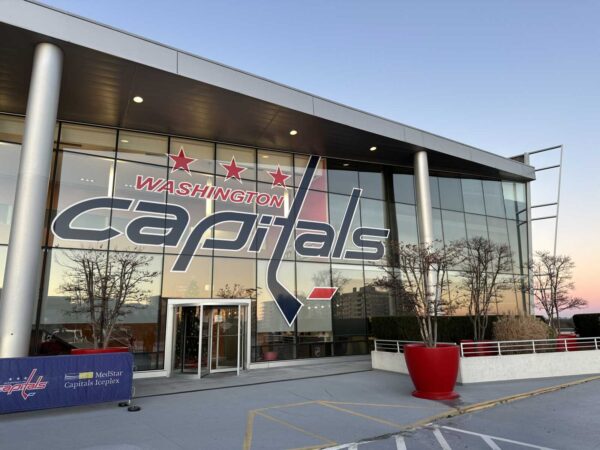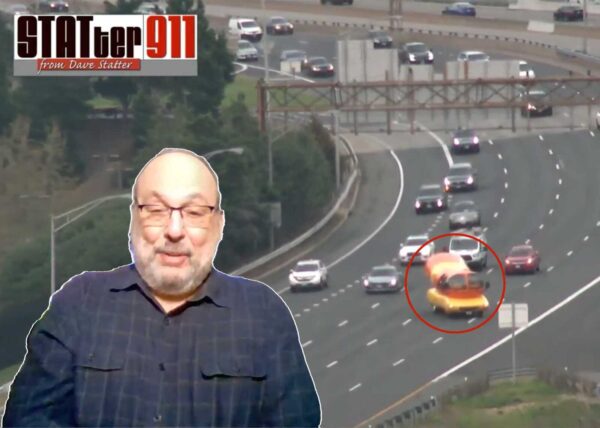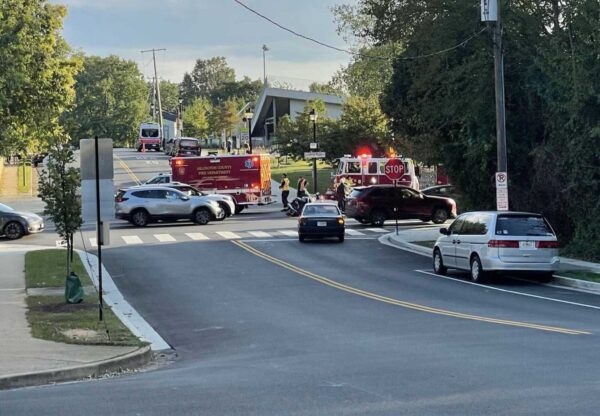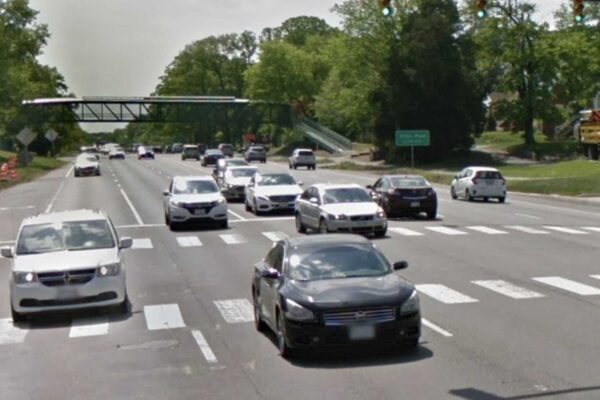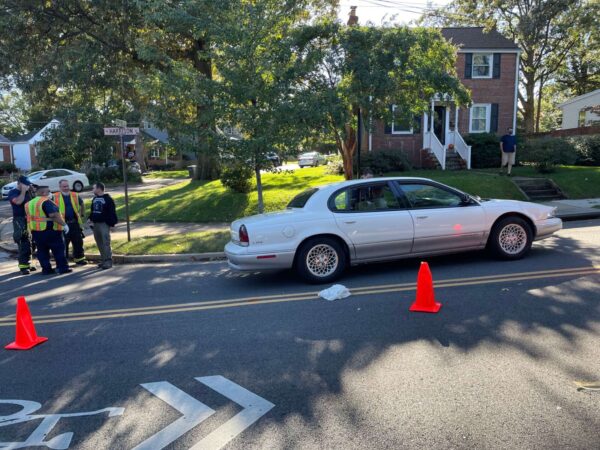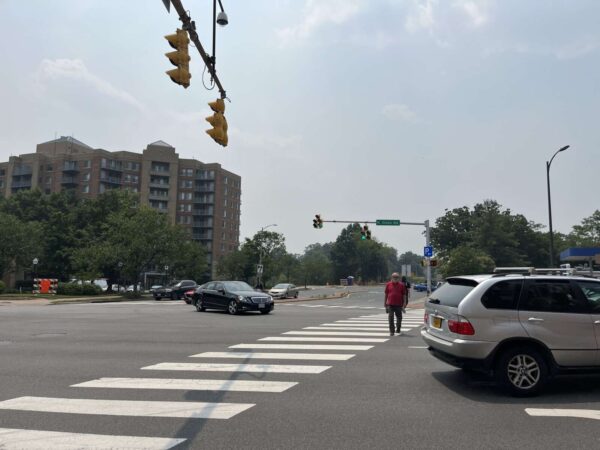Arlington County residents are some of the safest in the country, by at least one measure.
Just 3.8 out of every 100,000 Arlington County residents died either by homicide or in a land transport collision between 2018 and 2022, according to data from the Centers for Disease Control and Prevention. That’s a lower death rate than any other county in the nation with a population of at least 100,000 people.


